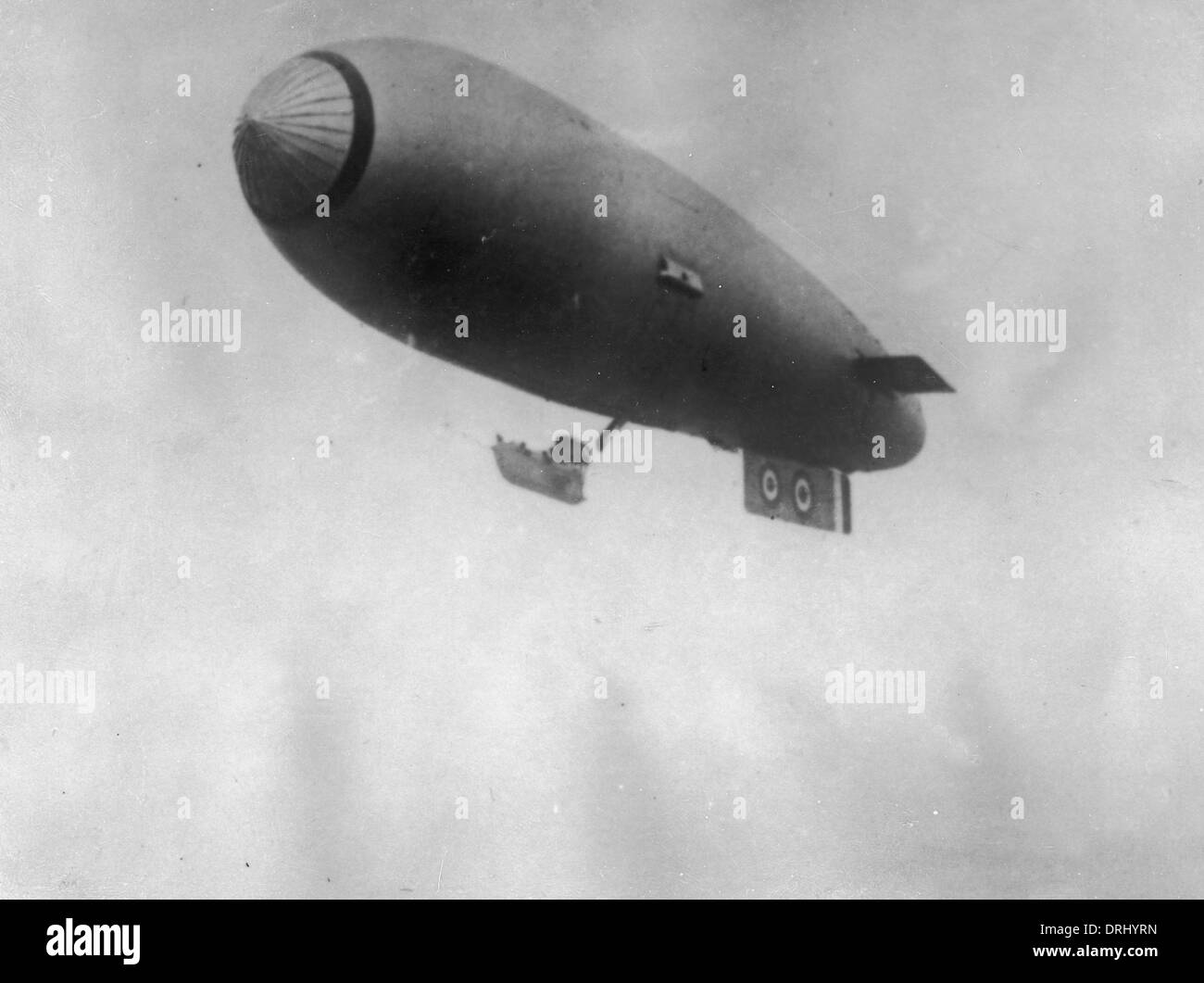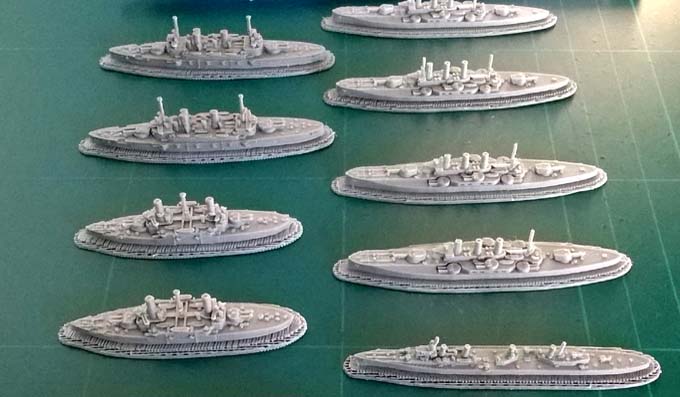

Whilst returning from one of these missions he was attacked at a height of about 2,500 feet by three enemy triplanes, and five other scouts. “On 28 March, 1918, he carried out three bombing raids. His great skill and determination was illustrated in the supplement to the London Gazzette of, describing the action when he scored his 8th victory: In May 1918, a bar was added to his DSC as recognition of his bravery and devotion to duty in bombing raids and attacking enemy aircraft.īy that time, he had performed many bombing raids and brought down 4 Albatros D.Vs and 4 Fokker Dr.Is.

In September 1917, he was awarded the Distinguished Service Cross for his “exceptionally good work on the occasion of a bombing raid on Houttave Aerodome on 25 July, 1917”. Bartlett enlisted in the Royal Navy Air Service (RNAS) in 1916 and got his Royal Aero Club Aviator's Certificate in June that year. He scored seven with Air Mechanic First Class (originally, Gunlayer) Walter Naylor. In last October, the 50th Squadron was moved from Remicourt to the Clermont-en-Argone and continued combat operations until the 11 November Armistice with Germany.īorn in January 1889 at Weston-Super-Mare, in Somerset, Charles Bartlett was a bomber ace with eight victories credited from July 1917 to March 1918, all of them flying the Airco DH.4 with the 5N Squadron. They were awarded the Distinguished Service Cross and later with the Medal of Honor. Erwin Bleckley had their DH.4 brought down by ground fire and died. The most notable mission flown in the DH-4 was performed by the 50th Squadron in early October, when the 50th Aero Squadron was detached to find and assist the famed “Lost Battalion” - units of the 308th Infantry Regiment, cut off and surrounded by German troops.Īn Airco DH.4 painted with the Dutch Girl insignia of the 50th Aero Squadron.ĭuring the efforts to locate and resupply this battalion-sized force by air with ammunition, rations, and medical supplies, 1st Lt. By flying contact patrols and keeping constant communication with ground squadrons, it provided vital intelligence for the offensive. The 50th Squadron earned the reputation for heroism supporting the Meuse-Argonne offensive. The unit flew two artillery surveillance flights to help adjust the artillery barrage on enemy forces for the 90th Division, and six reconnaissance missions, observing and photographing enemy forces in the rear areas and reporting that information to the 82d Division Commander. The first combat mission was on 12 September, in support of the 82d and 90th Infantry Divisions, as part of the St.

The purpose of the 50th Squadron missions was intelligence-gathering and informing First Army headquarters about enemy movements, including preparations for infantry attacks or retreats. After training on the DH-4s, the unit was designated as a Corps Observation squadron and assigned to the I Corps Observation Group, for general surveillance of the enemy rear areas by means of both visual and photographic reconnaissance. After receiving additional personnel, supplies, and equipment, it moved to the combat flying school at Amanty Airdrome, where it received the American-built DH-4. 50th Squadron: enlisted men in front of DH-4 planes, in France, 1918.


 0 kommentar(er)
0 kommentar(er)
